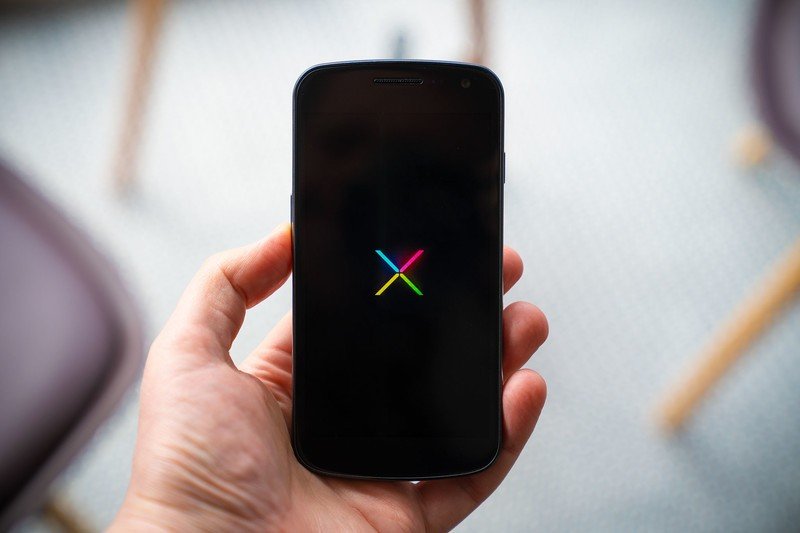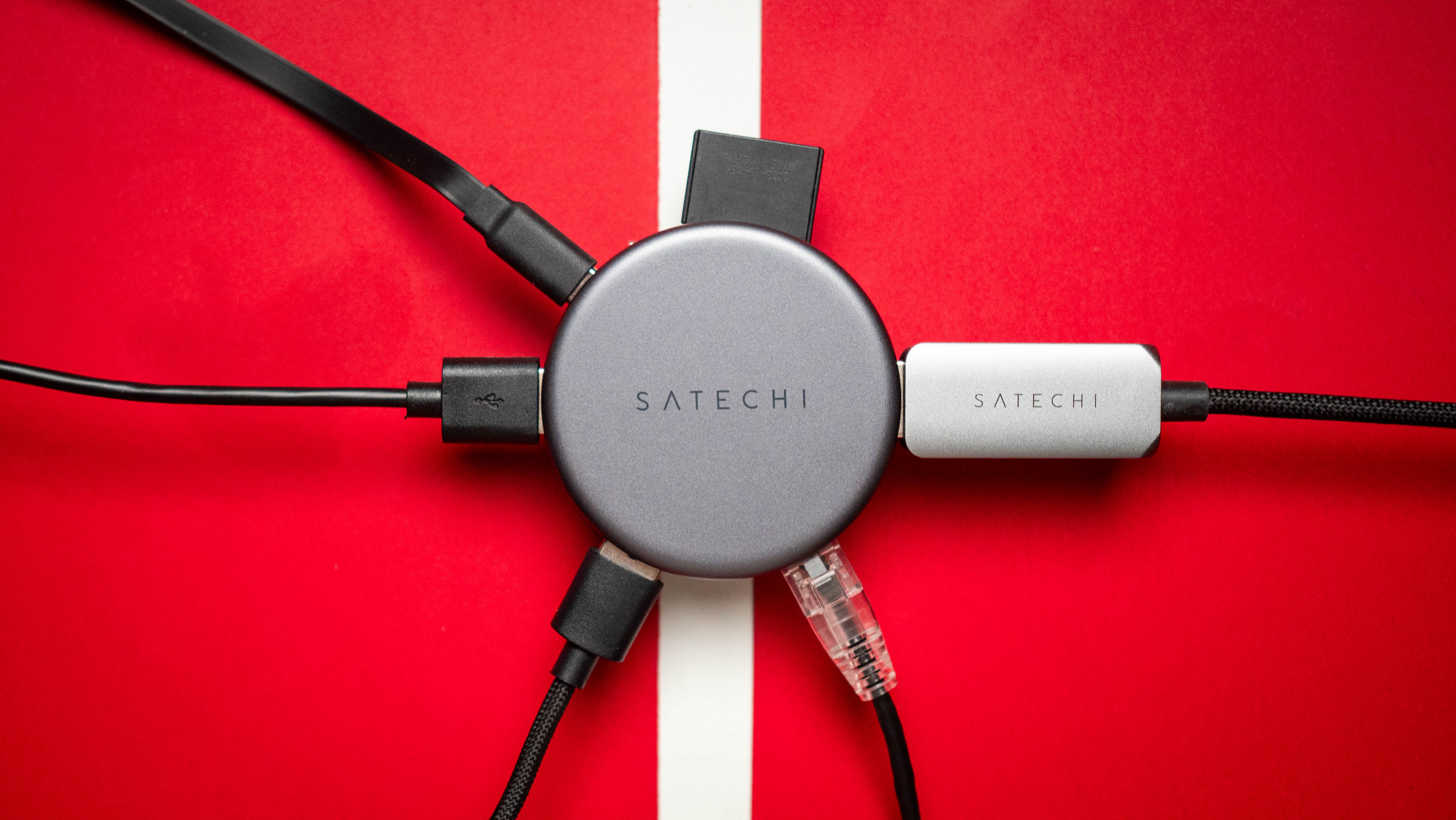Remembering the Samsung Galaxy Nexus, ten years on

Ten years before the Google Pixel 6, there was another milestone Android device, also developed in partnership with Samsung, that represented a huge leap forwards for the platform.
The Samsung Galaxy Nexus launched a decade ago this month, along with Android 4.0 Ice Cream Sandwich. The phone and its software set the stage for the next few years of Android, pioneering features like on-screen navigation keys, face unlock, and easy multitasking.
Like 2010's Nexus S, the "Gnex" was a collaboration between Google and Samsung, which following the success of its Galaxy S line was quickly rising to a dominant position in the smartphone market.
For Google, it was the third Nexus phone to come to market and the first to offer LTE connectivity thanks to an exclusive partnership with Verizon in the U.S. For Samsung, it straddled the Galaxy S2 and S3 release cycles and cemented the company's place at the heart of the Android ecosystem while borrowing design cues from both the S2 and S3.
The frontloading of "Galaxy" in the phone's branding also gave the growing Samsung brand extra prominence.
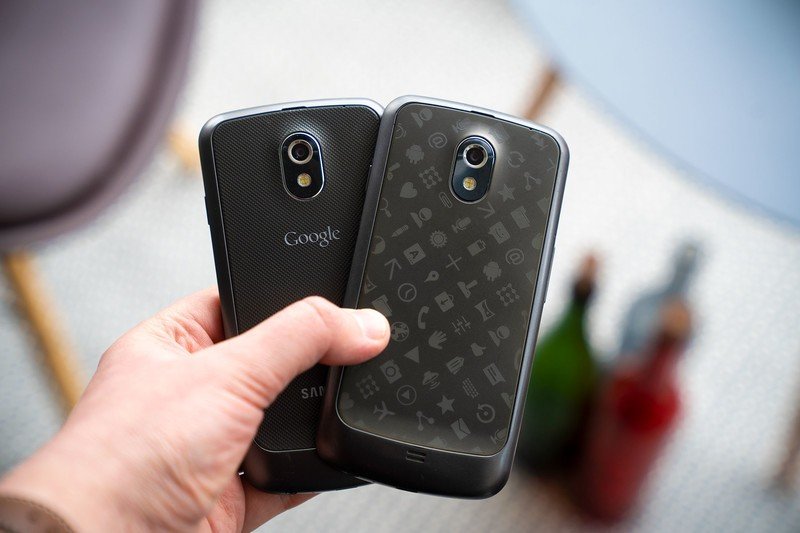
The most striking feature of the Galaxy Nexus was what wasn't there.
Visually, the most striking feature of the Galaxy Nexus was what wasn't there. It was the first Android phone to do away with buttons on the front face of the device. At that time, pretty much every Android phone included capacitive or physical keys for navigation. On the Gnex, these were replaced by "back," "home," and "recent apps" keys in software as part of the navigation paradigm that would stick around all the way until gesture navigation was introduced in Android 9 Pie. The new "recents" navigation key had previously debuted in the tablet-focused Android 3.0 Honeycomb, but in Ice Cream Sandwich it made multitasking on phones far quicker and easier than ever before.
The move to a buttonless front face gave the Nexus a clean appearance from the front, the only blemish in its curved glass panel being the earphone jack up top.
Get the latest news from Android Central, your trusted companion in the world of Android
On the rear, the phone was basically a larger, curvier Galaxy S2. A wedge-shaped area down below housed much of the PCB, as well as USB and headphone ports, while the removable back panel was furnished in the same "hyperskin" textured plastic as the S2.
For the time, the Galaxy Nexus's hardware was pretty nice, albeit in an extremely plasticky way. Then again, though, it was 2011, and "plastic" was the default setting for most Android phone manufacturers.
And as the barebones front face of the Gnex might have suggested, the software was far more important. Android 4.0 Ice Cream Sandwich was a complete visual and structural redesign for Google's mobile OS, introducing the new "Holo" design language, the "Roboto" font that's still used today on most Android phones, and sci-fi-inspired turquoise color palette. Holo was the brainchild of Matias Duarte, who joined Google in late 2010 and has led the company's design efforts over the past decade.
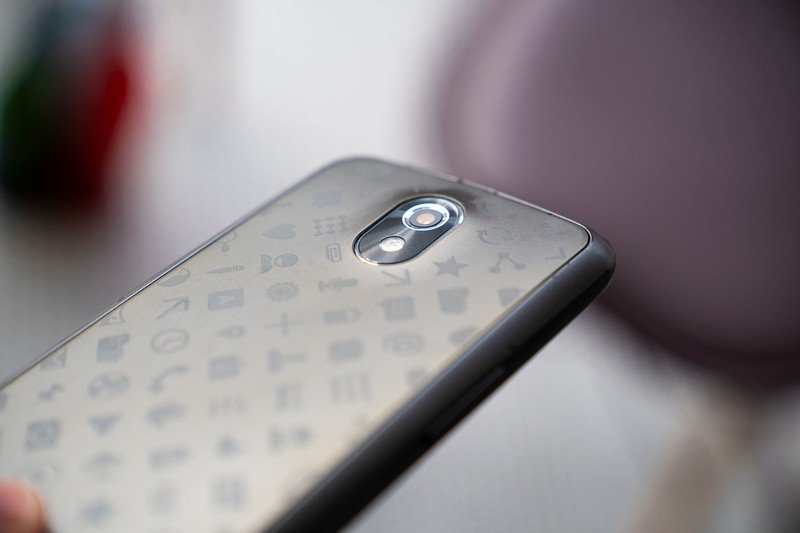
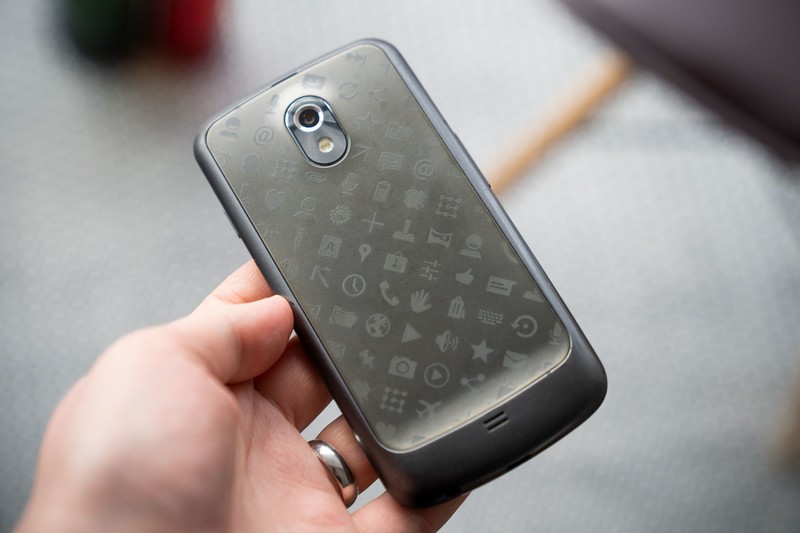
Holo and Roboto looked right at home on the Gnex's fancy HD display.
The new UI impressed, at the time, on Samsung's latest HD SuperAMOLED displays, one of the first high-density OLEDs in a smartphone. Though not the very best — Samsung reserved its top panels for the original Galaxy Note — the vibrant colors and deep blacks were a great fit for Holo.
"We asked ourselves, for the first time, what is the soul of Android?" said Matias Duarte at the Hong Kong launch event. "We wanted simple typographic layouts with plenty of whitespace, eliminating lines and boxes and unnecessary decoration. And we wanted to imbue everything with subtle animation and delightful flourishes to really make Android come alive."
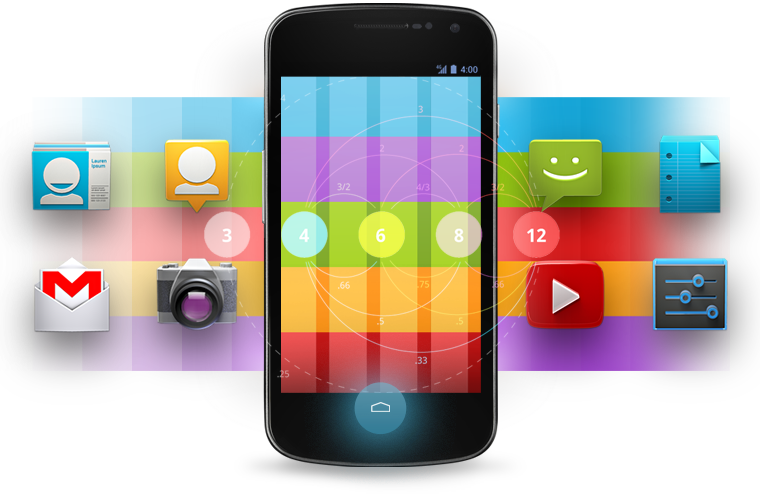
Speaking at that same event, Android founder Andy Rubin told the press, "the engineering teams lived in one building when we built this product. We were really one team." Samsung's own processor wasn't used in this product, though — instead, the "team" opted for the more open-source-friendly Texas Instruments OMAP 4460 chip. Ironically, the use of an OMAP chip would ultimately cut the Nexus's lifespan short — TI exited the smartphone processor business in 2012, leaving devices without an upgrade path past Android 4.3 Jelly Bean.
By the standards of the time — admittedly, during the era of pervasive Android lag on a lot of phones — the Galaxy Nexus felt ridiculously quick. The update to Android 4.1 Jelly Bean in spring 2012 helped iron out the few remaining performance kinks, helping the phone maintain a smooth 60 frames per second even while powering an HD-resolution display.
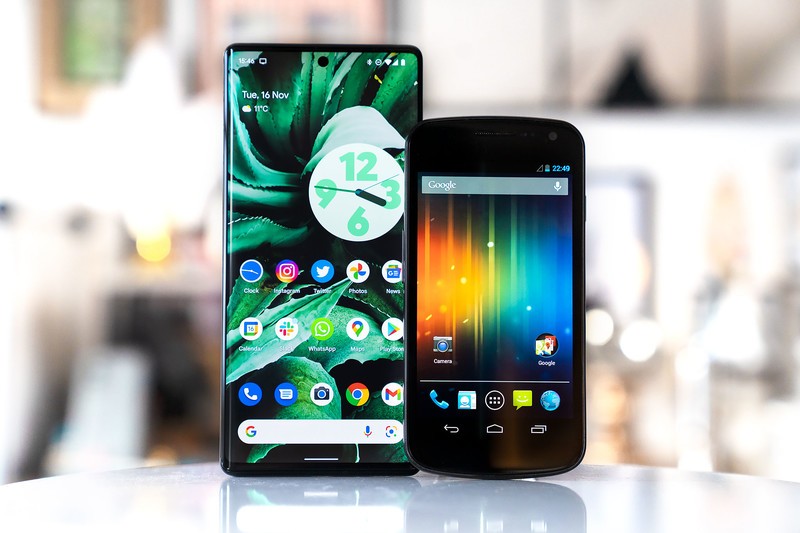
By the standards of the time, this phone felt ridiculously quick.
The phone's camera was more of a mixed bag. Google highlighted the Nexus's zero-shutter-lag photography in promotional materials, but even by 2011 standards, its 5-megapixel rear shooter took dull, low-resolution photos. And while the front-facing camera allowed Google to pioneer face unlock long before the likes of the iPhone X, the feature worked so unreliably that it even failed during its live demo at the launch event.
Nevertheless, the Galaxy Nexus remained popular among early Android fans. This was a Nexus, after all, with guaranteed day-one updates to future Android versions. And it boasted untarnished, straight-from-Google, stock Android software at a time when heavy, ugly manufacturer skins were the norm. Sure, you'd have to deal with a (relatively) crummy camera and not-great battery life — unless you imported the extended battery that Samsung only sold in Korea — but that didn't seem like such a big deal in 2011.
At the time, I was smitten with my Gnex, summing up the device as one of the best Android phones of the time.
"If, like many of us, you've been constantly holding out for that "next big thing" in the Android world," I wrote in November 2011, "this is your signal to stop waiting and reach for your wallet. The Galaxy Nexus is the Android phone you want to own in 2012."
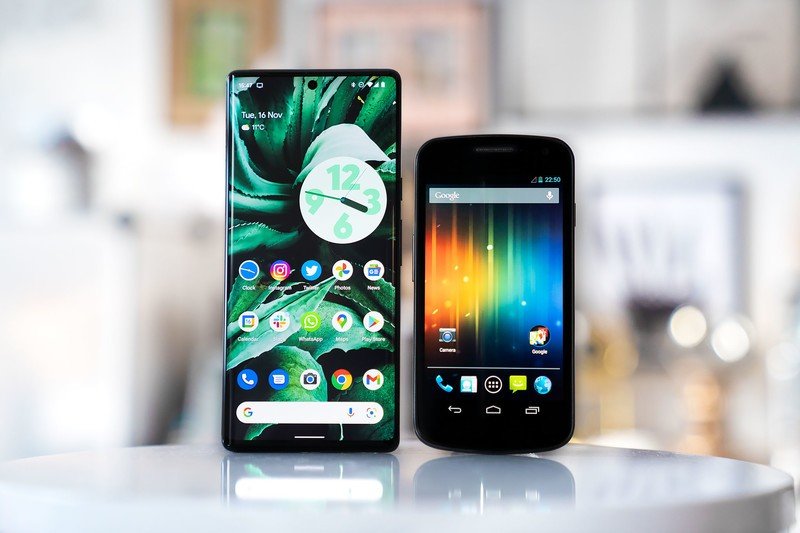
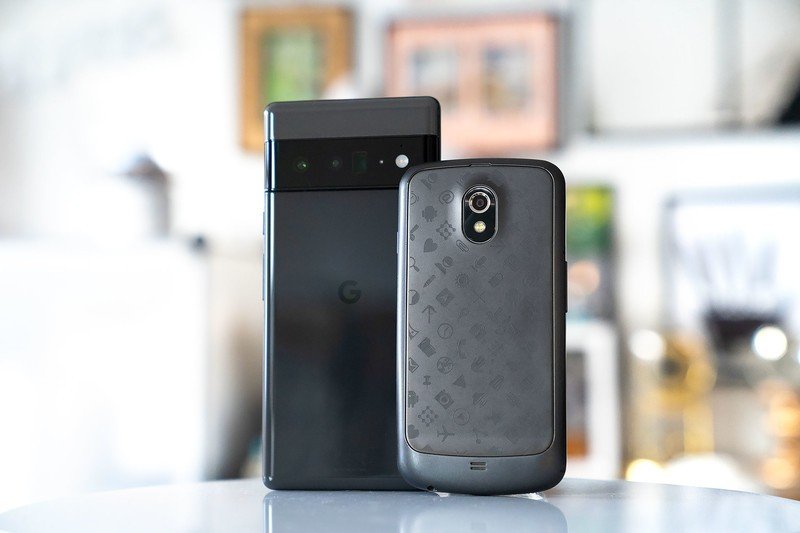
One company that wasn't a huge fan, however, was Apple. At the height of the early-2010s smartphone wars, the Galaxy Nexus quickly became a target for Cupertino's lawyers, who sought to establish the Gnex as infringing upon Apple's patents in an effort to shut down the broader Android ecosystem. As a result, the phone was briefly banned in the U.S. in mid-2012 following a court-granted injunction, before swiftly returning to sale. Apple failed in subsequent attempts to halt sales throughout 2012 and into 2013, though by that time, the device had been replaced with the LG-made Nexus 4.
Although the Galaxy Nexus didn't sell in huge numbers, nor enjoy a particularly long lifespan, it nevertheless stands out as a high point in the early growth of the Android ecosystem. Without the Gnex and Ice Cream Sandwich, there'd be no Galaxy S3 or HTC One. Ultimately, the third Nexus was popular among the Android faithful for many of the same reasons as the Pixel 6 Pro — it offered pure Google Android software, and quick performance backed up by some of the best Samsung-sourced hardware.

Alex was with Android Central for over a decade, producing written and video content for the site, and served as global Executive Editor from 2016 to 2022.

